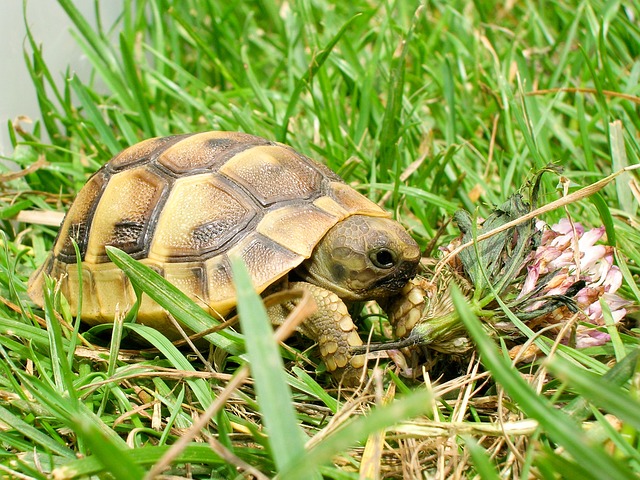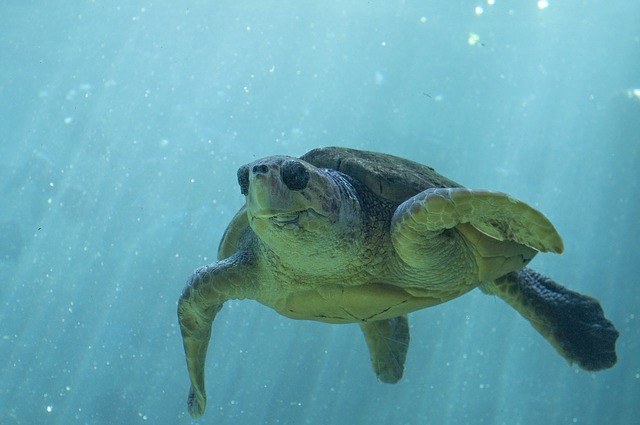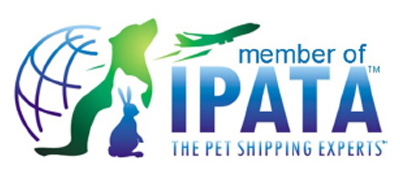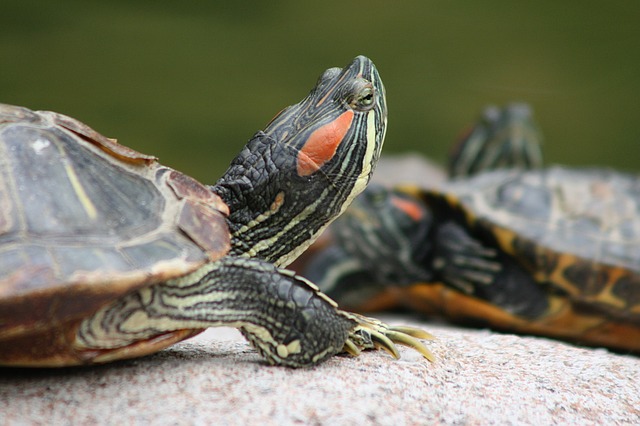What is the Difference Between Terrapins and Turtles?
Terrapins and turtles are both aquatic reptiles, but much disagreement exists about the differences between these two chelonians.
Indeed, the difference really depends on where you live; within the USA the word terrapin is rarely, if ever used. Instead all aquatic members of the tortoise family are known as “turtles”.
Within the UK, and much of Europe, however, the matter is rather more complicated. Broadly speaking the word terrapin is used to describe those chelonians living in freshwater, while the word turtle is reserved for those in marine environments.
Terrapins vs Turtles In the UK
Chelonians – the group of reptiles with shells – are roughly divided into three main categories; tortoises (which dwell on the land), turtles in the ocean and terrapins in fresh water.

Tortoises
Tortoises primarily live on dry land, and are most commonly encountered in hot, dry climates. Tortoises are surprisingly widely distributed, found across much of the world. North America, Mediterranean Europe and much of Asia are all examples of where tortoises may be found. In climates which experience cold winters many tortoises hibernate through the cooler months. However not all tortoises hibernate.
Appearance
Tortoise shells can vary considerably in their shape. In general, however, tortoises tend to have the most “domed” shells as they do not need to worry about the dynamics of swimming.
Size
Tortoises can range considerably in size. Popular pet tortoises such as the Greek tortoise may attain an adult length of 10-12” in shell length. However, in some areas tortoises can grow considerably larger, as in the genus Geochelone. Here, giant tortoises may grow to shell lengths of 4 feet or more. Worryingly, the Sulcata tortoise, known as one of the largest tortoises in the world, is occasionally available for sale in UK reptile shops. Owners should think carefully before investing in a baby as eventually such a creature will require a sturdy pen rather than just a small vivarium.
Diet
While tortoises may take a small amount of meat in their diet, in reality most species are almost entirely vegetarian.

Turtles
The word turtle normally refers to marine, ocean-going chelonians. These creatures spend most of their lives at sea, only returning to land in order to lay eggs. Many species are prized for their meat or eggs, which when combined with their low reproductive rates, has meant many are now considered critically endangered. Ocean-going turtle species should never be considered as pets.
Appearance
One of the most obvious differences between tortoises and turtles, besides their lifestyle, is the shell shape. Turtles typically appear far more streamlined and generally have much flatter shells to reduce drag while swimming.
A second major difference between tortoises and turtles is their limbs. While tortoises maintain sturdy, stubby legs to help them move about on land, turtle’s limbs look more like flippers. Whilst this helps them swim efficiently, it can make moving around on dry land – such as when laying eggs – far more difficult.
Size
While turtles are long lived – and hence slow growing – some may attain large sizes. This is a biological adaptation to help them deal with cooler water temperatures. Quite simply larger animals find it easier to retain heat in cold water, so it makes evolutionary sense to grow as large as possible. It is for this reason that very occasionally tropical turtles may even be seen in British waters, as their bulk allows them to navigate through cooler waters.
Diet
Turtles enjoy a varied omnivorous diet. Many will feed on sea weed or aquatic algae, while still others will tackle large prey items. The Leatherback turtle, for example, is known to regularly eat jellyfish, and has developed a fearsome mouth, filled with spikes, to help swallow such slippery food.
Terrapins
In contrast to most Americans who lump both turtles and terrapins together into a single group, it is normal in the UK for the word terrapin to be used to describe those that live in fresh water. In the wild terrapins may be encountered in stagnant water, such as ponds and streams.
Appearance
Like turtles, terrapins typically have flat shells to aid with swimming. Unlike turtles, however, terrapins tend not to have flippers, but legs more reminiscent of tortoises. They have be surprisingly good climbers, and males in particular can develop impressive claws in time.
Size
It is the terrapin which one may encounter occasionally in British pet shops. In the past these reptiles got themselves a bad name, as red eared terrapins were imported in vast quantities as hatchlings. These quickly grew to some 10-12” in shell length, making them very difficult to accommodate in the home.
Not all terrapin species grow so large, however. A small number of newer species are becoming available in the pet trade, many of which attain an adult length of no more than 6”. This makes them far more manageable as pets.
Note, however, that there are some giant species of terrapin available, such as the “snapper” or mis-named “snapping turtle” which is capable of growing to over 60cm and biting off a finger.
In other words before purchasing a terrapin as a pet it is wise to carefully research the lifestyle and maximum size of the species you are considering. Doing so avoids any nasty surprises down the road when Leonardo or Michelangelo needs a tank the size of a swimming pool to live in.
Problem Cases
To muddy the waters yet further, it is worth mentioning that a range of alternative words are often used to describe terrapins and tortoises. As a result, even with the information provided above it can be difficult to know what you’re looking at.
Names which should be considered as synonymous with the word “terrapin” in the UK, or “turtle” in the USA are both “cooter” and “slider”.
At PBS Pet Travel we recieve many enquiries about the safe transport of animals like these and whilst laws frequently change over what can be imported or exported, our exotic pet travel services allow for a safe, compliant and smooth movement of your pet from one destination to another. Contact us today to find out howe easy it can be!


